Cycling shorts vs underwear: ultimate guide to not ruining your outings
Few questions are repeated as much among cyclists as this one: do you have to wear underwear under the cycling shorts? Despite the answer being the same for years, there are still doubts, myths, and customs that resist disappearing. The cycling shorts are not just any garment: they are a technical layer designed to go directly on the skin, and doing it right can make the difference between a comfortable day and one plagued with discomfort and side effects.
Why you shouldn't wear underwear with cycling shorts
Wearing underwear under cycling shorts is one of the most common mistakes among those starting in cycling. The reason is simple: the shorts are designed to function as a second skin, with fabrics that regulate moisture, minimize seams, and keep the chamois in place. Adding an extra layer disrupts that balance.
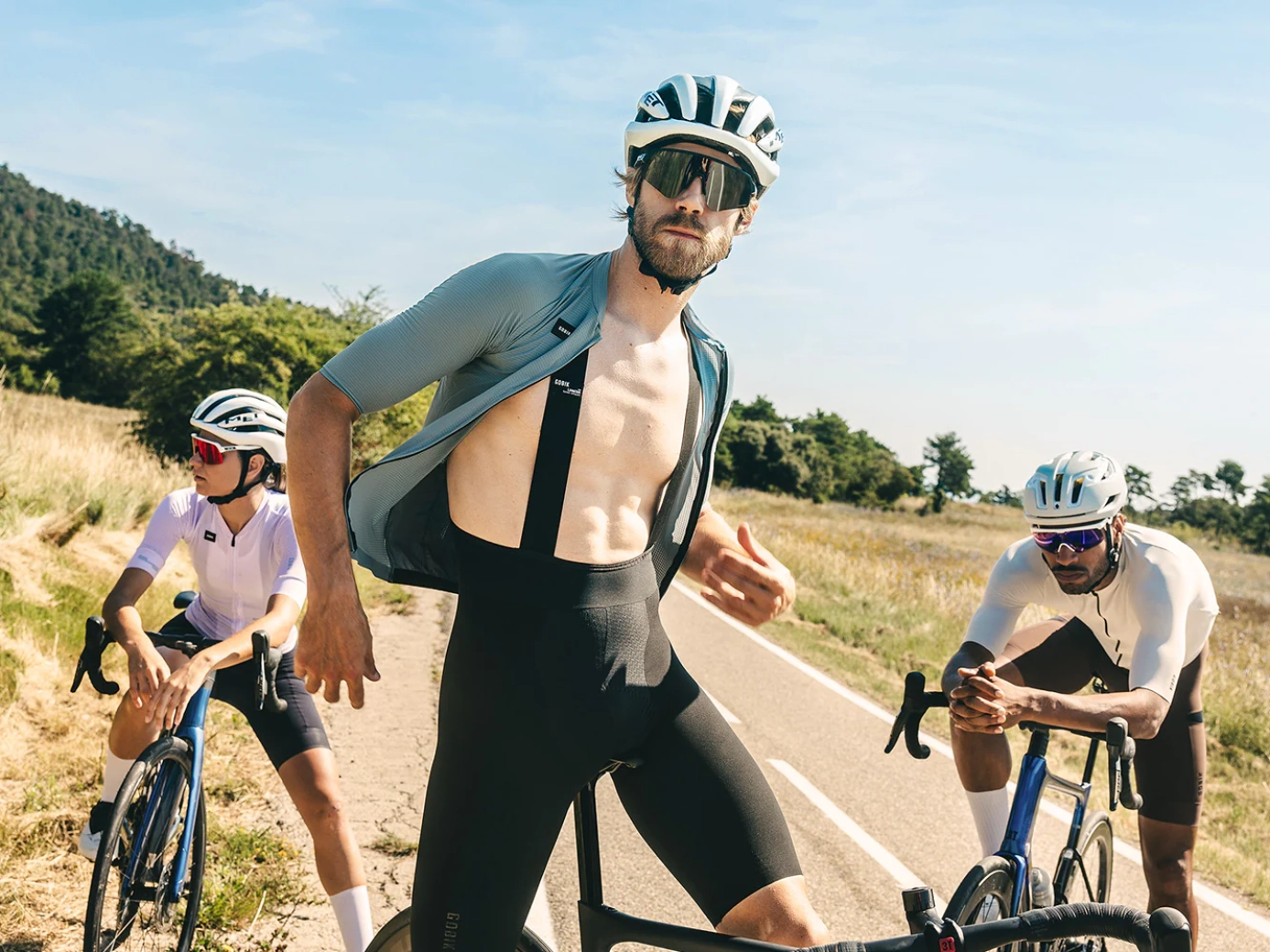
When you wear underwear, the seams and folds create chafing, moisture accumulates excessively, and heat concentrates. In a short time, irritations, pimples, or even small skin infections can appear. Additionally, the chamois - the internal padding - loses its natural fit, moves with each pedal stroke, and stops protecting where it should. That's why the general rule is clear: always wear cycling shorts without underwear.
Special cases where there are nuances
RECOMENDADO
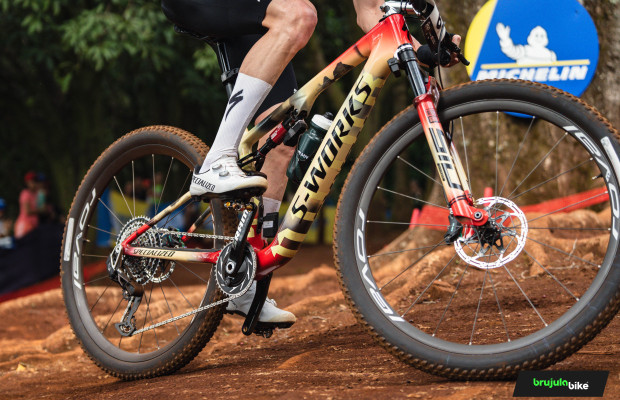
S-Works: what does it really mean and where does Specialized's most exclusive label come from?

The best apps for cycling and mountain biking
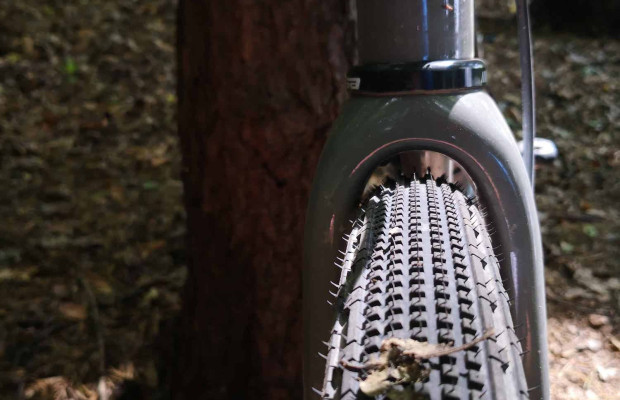
Why wider tires in gravel are faster
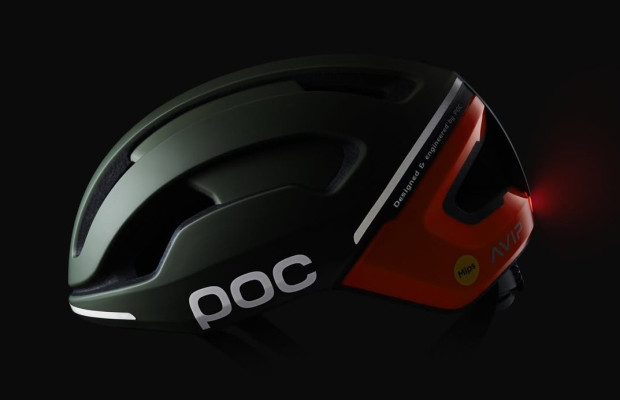
Black Friday 2025 cycling bargains: save on Garmin, POC, Maxxis and more
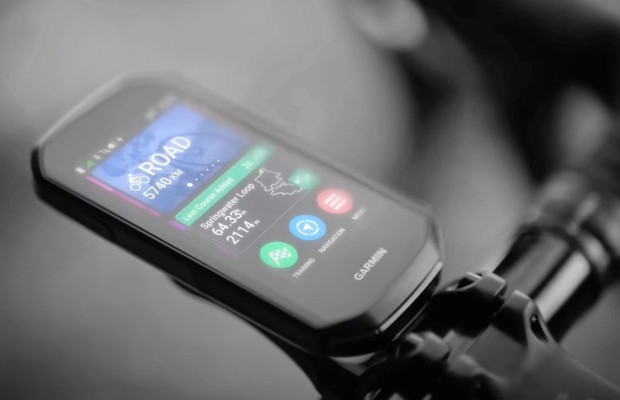
Black Friday Garmin 2025: the ultimate guide to choosing your GPS at the best price
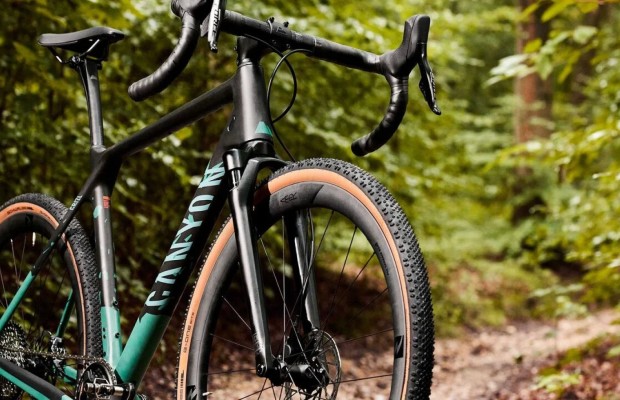
Do you need suspension on your gravel bike?
Although the rule is firm, there are some specific situations where a more specific alternative can be considered. For example, in urban or gravel cycling, where some cyclists prefer to wear shorts over the cycling shorts, they use so-called liners: ultra-lightweight inner shorts with a thin chamois designed to go under shorts. It's not regular underwear, but a technical garment adapted to that type of use.
For women during menstruation, some opt for sport menstrual panties or pads designed for sports practice, with thin fabrics and no thick seams that interfere with the cycling shorts. Others resort to menstrual cups or tampons for comfort and hygiene on long rides. The key is that any garment worn under the cycling shorts is thin, technical, and without edges that generate friction.
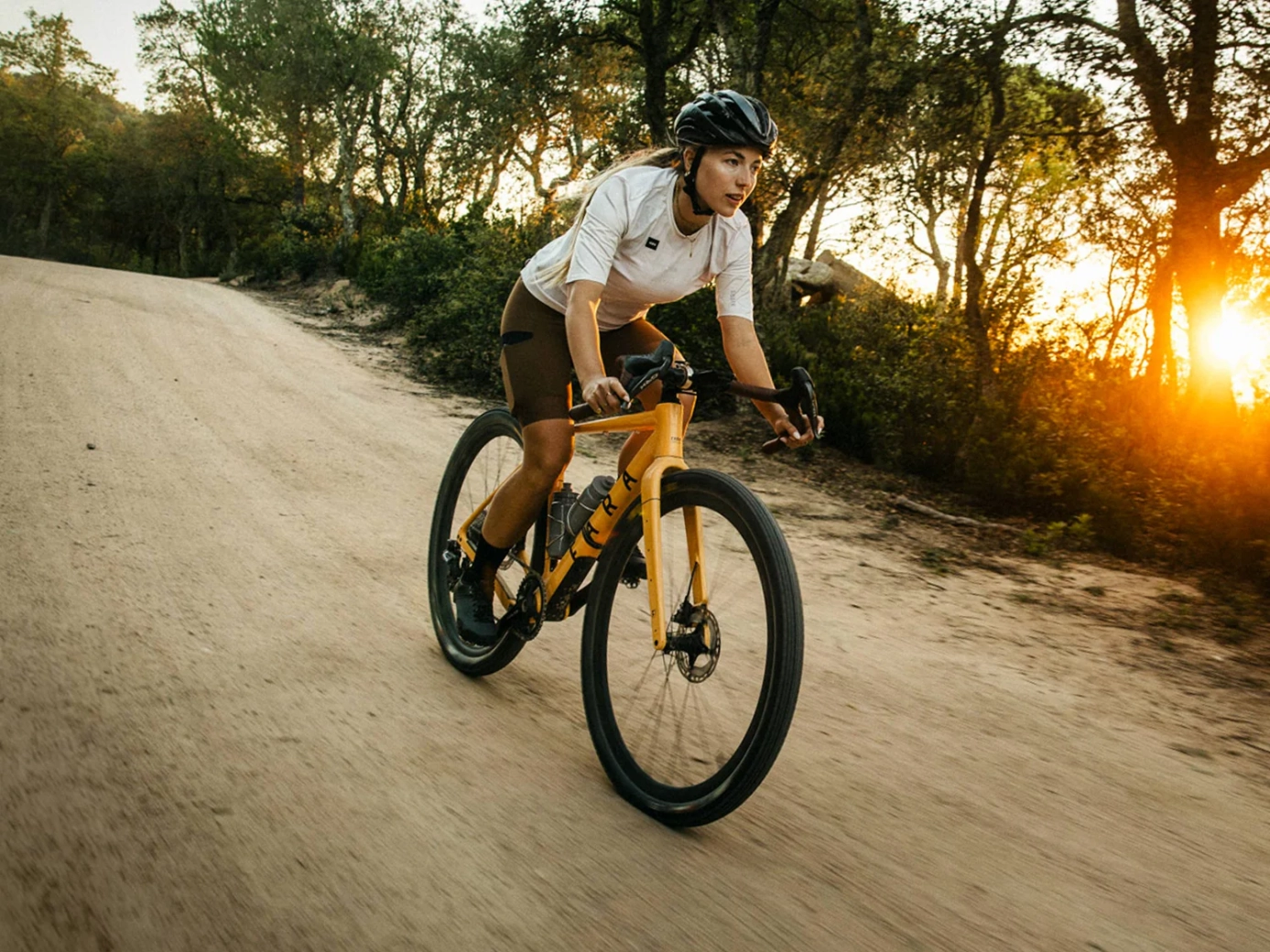
Finally, those with very sensitive skin or a tendency to chafing can try specific sports underwear, made with hydrophobic materials and without seams, although it is still more advisable to adjust size, type of chamois, and anti-friction cream before resorting to that option.
Keys to make everything work
Not all cycling shorts are the same. The difference between a basic garment and a high-end one is not only in the price but in the quality of its materials and the design of the pattern.
Anti-friction cream: when to use it
Anti-friction cream, or chamois cream, is not essential, but it can make a difference on long days or in very hot climates. It helps reduce friction, prevents irritations, and improves the feeling of freshness. Apply it thinly on the skin or directly on the chamois, but avoid excess: too much can generate moisture. If you notice pimples or irritation, first check the washing of the cycling shorts and hygiene before resorting to more cream.
Common mistakes and how to avoid them
There are habits that should be eliminated if you want to maintain your comfort and the life of the cycling shorts. One of them is washing it incorrectly. Avoid softeners, bleach, and hot water. These products deteriorate the fabric, remove antibacterial properties, and make the chamois lose firmness. Wash it inside out, with neutral soap and cold water, and let it air dry, without a dryer. Here is a specific article on how to wash your cycling clothes.
Another mistake is wearing the same cycling shorts several days in a row. Moisture and bacteria accumulate, causing bad odor and possible infections. Ideally, wash it after each use, especially in summer. And of course, do not reuse without completely drying: a damp chamois is fertile ground for chafing.
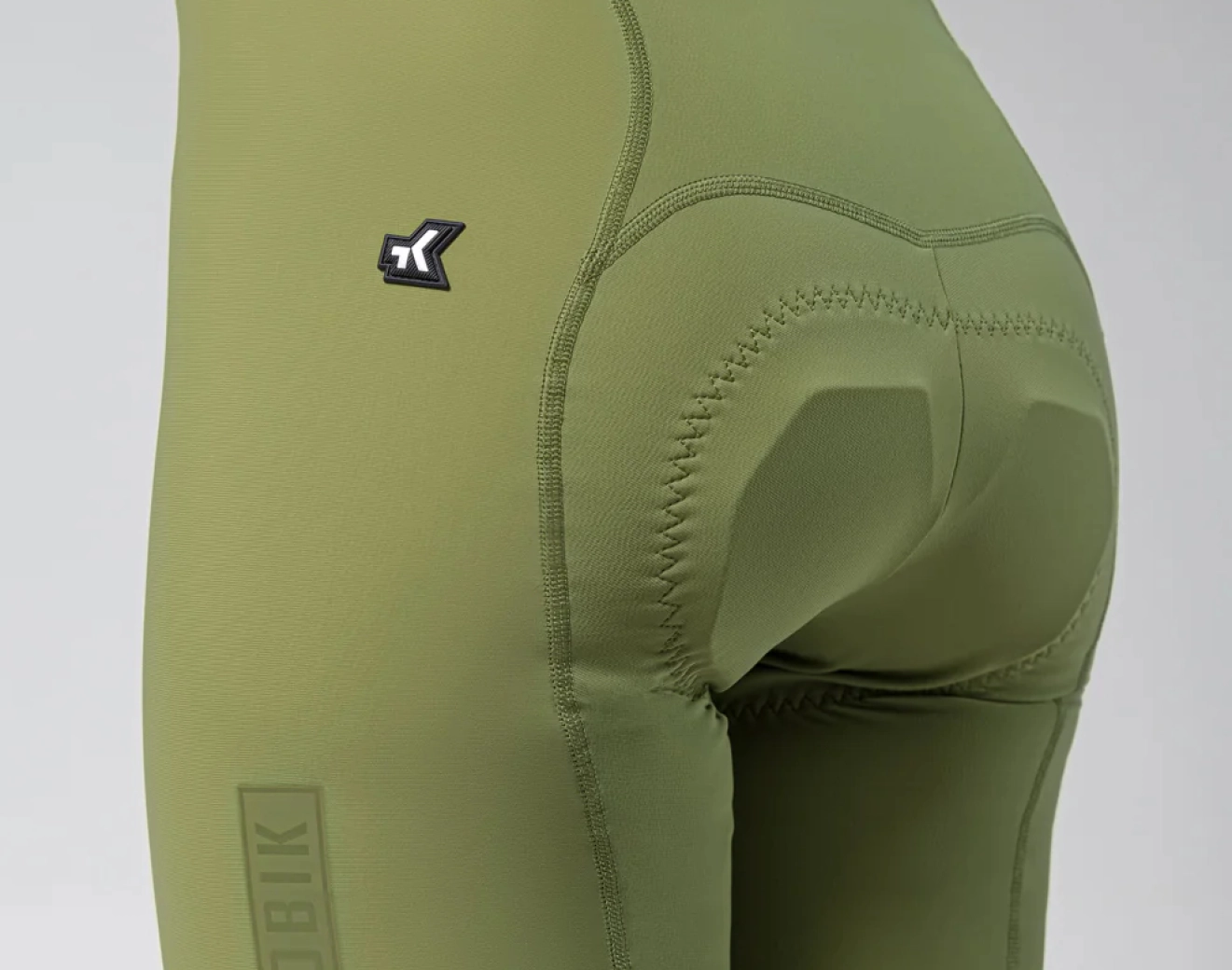
Solution to the most common problems
Chafing in the groin or thighs is usually due to an incorrect size or a leg band that is too tight. If the problem persists, check the height of the saddle: a high saddle causes more pelvic movement and, with it, more friction. Pimples or folliculitis appear due to lack of ventilation or hygiene: alternate cycling shorts, use mild soaps, and make sure it dries completely before using it again.
If you feel numbness in the perineal area, don't just blame the cycling shorts. The most common cause is an inadequate saddle or a bad position. Adjust the tilt to prevent the tip from being too high and check the width of the saddle. And if the heat is excessive, choose models with micro-perforated panels or more breathable fabrics.
Our ultimate advice: fewer layers, more comfort
Comfort on the bike depends on both training and the clothes you wear. The cycling shorts work best when you let them do their job: without underwear, with the right size, and with a quality chamois. If you take care of washing, avoid excessive use of anti-friction cream, and monitor the condition of the garment, most of the discomfort that many cyclists consider inevitable will disappear.
In summary: clean cycling shorts, clean skin, and no extra layers. That simple. Because when clothing stops being a problem, all that's left is to enjoy every pedal stroke.